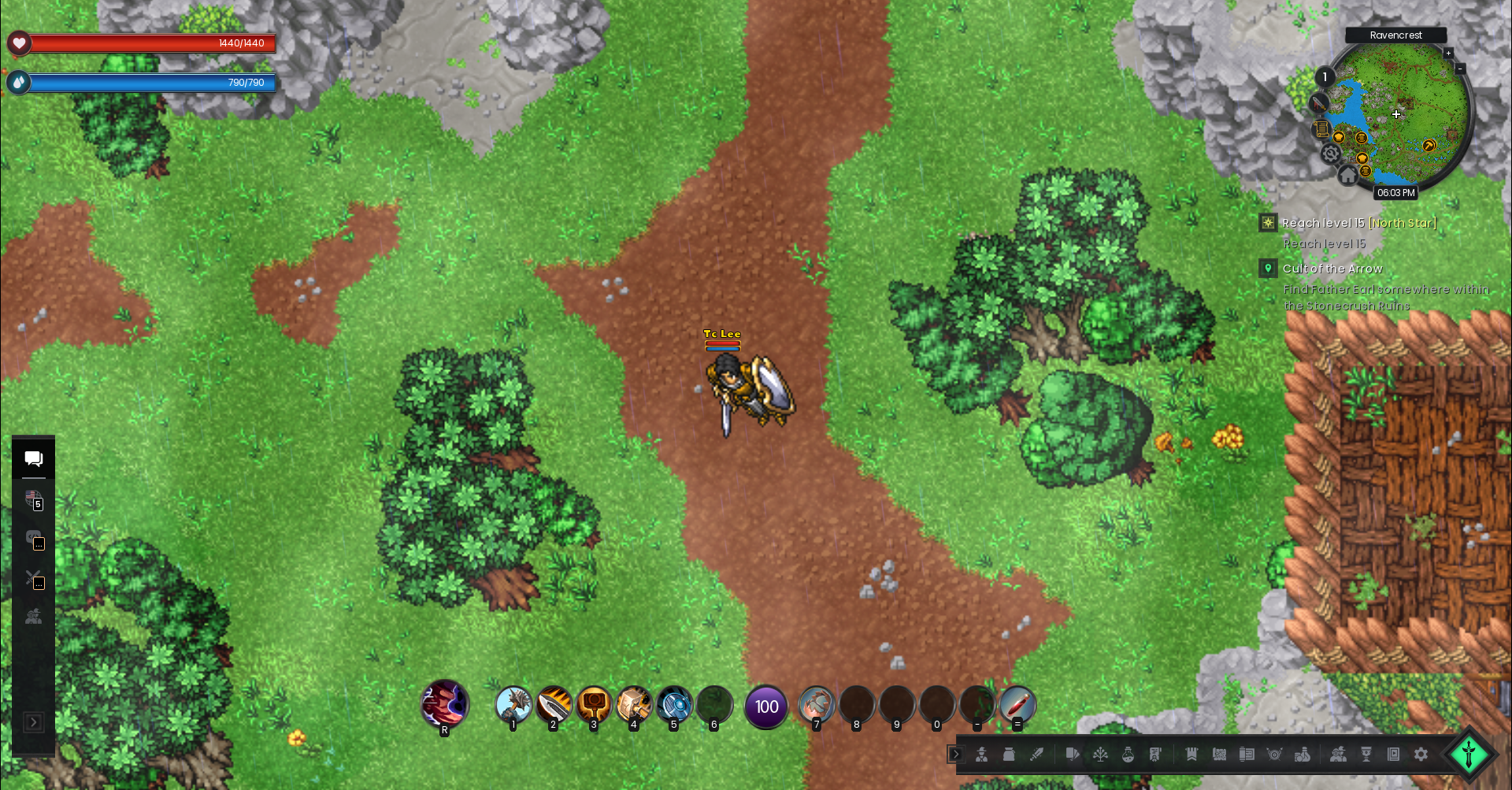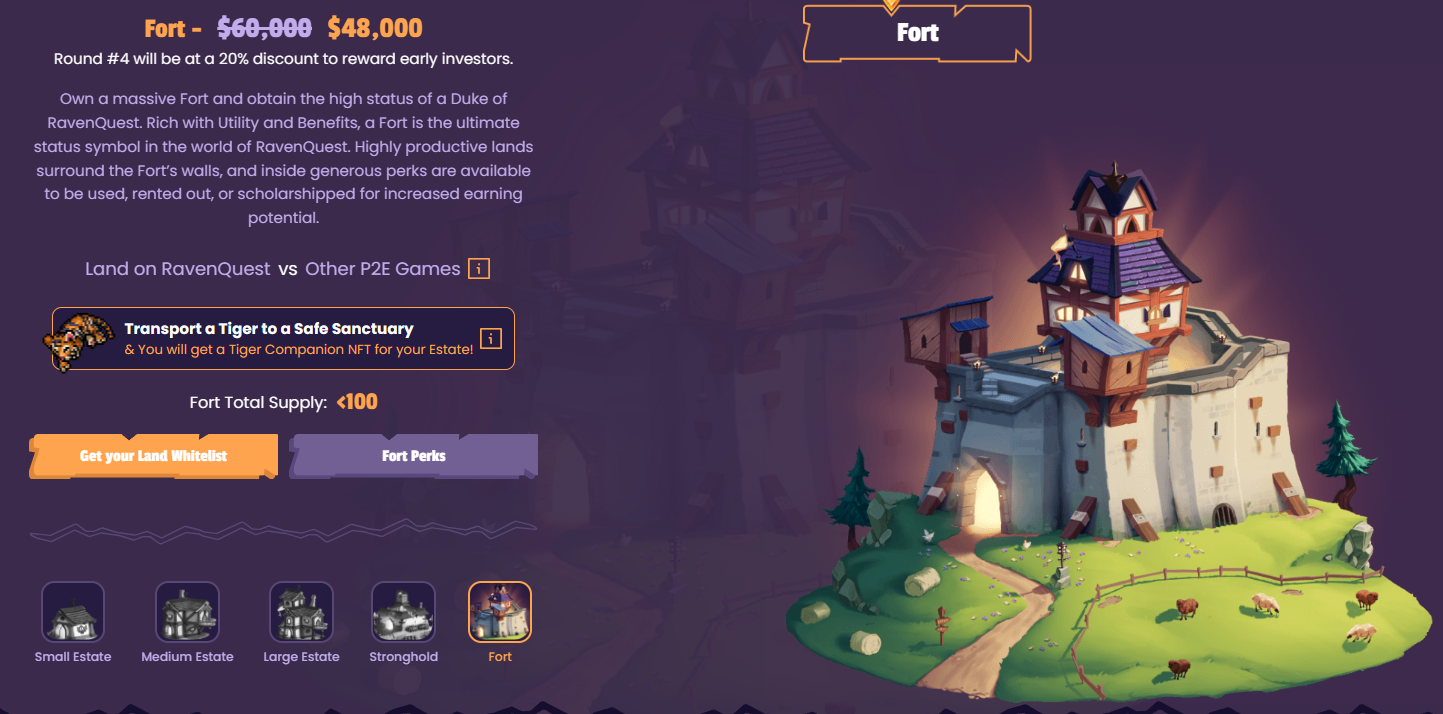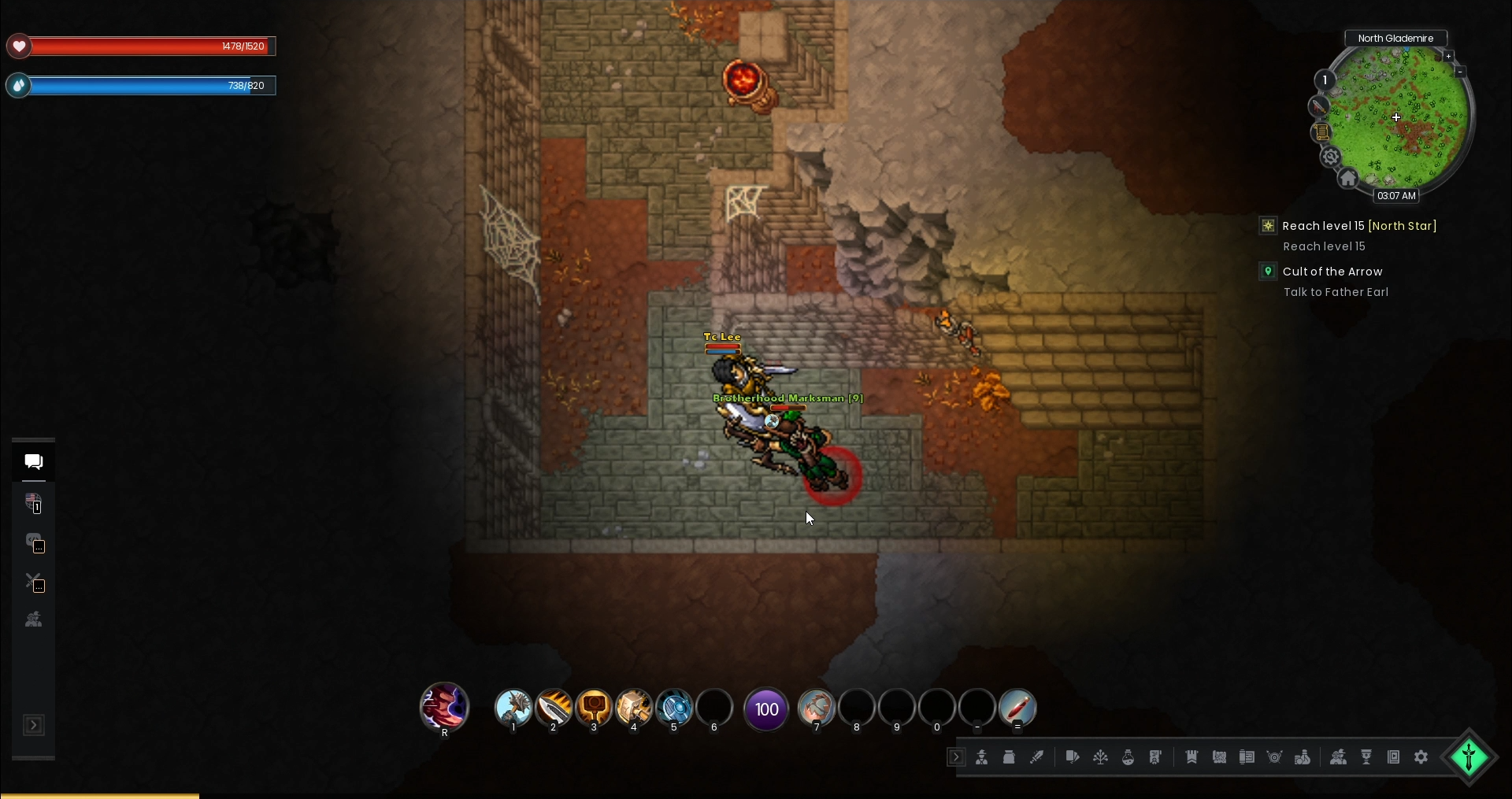RavenQuest Beta Review: A Familiar MMORPG Revamped with a Twist
This week, we’ve explored the closed beta of RavenQuest, a game that caught my attention due to Twitch Drops availability and its familiar name. After some investigation, and Tweeting, I discovered that RavenQuest shares the same universe as Ravendawn, although they cater to different audiences with distinct features. Intriguing, isn’t it…?
Having previously played Ravendawn during its beta test, I quickly realized that RavenQuest isn’t just set in the same universe; it’s essentially identical in every aspect. The quests, gameplay, and overall experience mirror each other. Both games resemblance struck a chord with me because it reminded me of Tibia, the first MMORPG I ever played back in 2004. Interestingly, both Tibia and RavenQuest share numerous similarities, including graphics and combat style. As a result, I felt an immediate sense of familiarity while playing RavenQuest.

RavenQuest is a retro-style, top-down, two-dimensional, tile-based game with pixel art graphics. However, it incorporates some modern MMORPG elements alongside its retro appearance. Now, one burning question arises: who is the target audience for this game? Tibia holds a special place in my heart as the game that introduced me to the MMORPG genre. But considering that Tibia is still available, it begs the question of whether RavenQuest will only appeal to those nostalgic for Tibia. Perhaps it could attract former Tibia players who grew disillusioned with the game’s direction or changes over the years. At best, RavenQuest might have a niche appeal or offer a fresh alternative to bored Tibia players. We’ll have to wait and see how it fares upon its release.
RavenQuest joins the growing trend of “Play and Earn” gaming, where MMORPGs reward players with in-game currency that can be sold for real-world money or used to unlock valuable in-game NFTs (non-fungible tokens). In RavenQuest, you can purchase in-game land, ranging from a small estate to a fort, with prices ranging from $100 to a staggering $60,000. Personally, I approach NFTs and play-to-earn games with scepticism. Many MMORPGs take years to develop, and my concern is the potential for studios to create play-to-earn games, sell exclusive content and NFTs during alpha and beta phases, and then never release the game, moving on to the next project. Considering this, I remain cautious. While I don’t oppose the idea of play-to-earn entirely (for instance, I’ve played The Elder Scrolls Online for nine years and wouldn’t mind selling some of my old mounts or outfits), I’m still wary of heavy investments. If I can play and earn within reasonable limits, it might be worth considering.
The game introduces you to the obligatory main story quest, which doubles as a tutorial. Through various tasks, you become acquainted with the controls and gameplay mechanics. It adequately provides the necessary information to get started. Surprisingly, a significant portion of the main story quests features voiceovers, alongside the usual text-based format. The AI-generated voices are passable, although there are discrepancies between the spoken lines and the text. Hopefully, this issue will be resolved before the game’s full release.
In the early stages of the game, there doesn’t seem to be much to do aside from following the main story. Side activities or quests are absent; you simply progress according to the game’s guidance. One notable issue I encountered frequently was navigation. Above ground, it’s manageable as you receive general directions for quests and tasks. However, once you venture underground, it’s easy to lose your bearings. The map lacks underground areas, making it challenging to follow markers that point to above-ground locations situated several floors below in a labyrinthine cave.

Combat in RavenQuest is more advanced than expected. It follows a tab-targeting, turn-based approach, but the available skills are more detailed than anticipated. Moreover, you can mix and match additional class skills to create a hybrid combat style. This flexibility allows you to shape your character’s archetype and play the game according to your preferences. With up to 56 possible combinations, the customization options are vast. Additionally, the game features Raven Cards, which you earn while leveling up. These cards can be opened and equipped on specific abilities to enhance their functions.
As you reach the first major city, you continue learning the game’s basics, and you might even unlock the farming feature. The community farm serves players without land ownership and enables them to create items that can be turned into tradepacks for sale.
The crafting system in RavenQuest resembles that of many other MMORPGs. While exploring, you gather resources like ore from caves, which can then be turned into ingots at a blacksmith station for crafting weapons and armor. The game offers various crafting types, such as woodworking, cooking, and leatherworking. Engaging in crafting seems worthwhile, particularly since loot or gear acquisition appears limited in the early stages.

One concern that arises is the endless levelling system found in Tibia. As a 13-year-old, I was driven to level up my character, improve my skills, and outperform others. However, an endless grind no longer holds the same appeal for me, and modern MMORPGs have moved away from that design philosophy. RavenQuest implements a soft cap level of 75, essentially replicating the endless game concept but with significantly increased difficulty beyond the soft cap. Unfortunately, I didn’t get the opportunity to explore the upper realms of the game or learn about its content and gameplay beyond basic information. It remains uncertain if RavenQuest will include group content, dungeons, arenas, world bosses, raids, or other typical MMORPG features that players love. On the positive side, the game offers free play, and there is a potential for earning real-world value assets. However, for that to become a reality, the game needs to gain traction, attract a large player base, and find individuals willing to spend real money on in-game items.
Overall, RavenQuest offers an experience that resembles Tibia and some of the nostalgia for that game too. It combines retro-style graphics and gameplay with modern MMORPG elements. While its target audience may be limited, particularly those with a fondness for Tibia, the play-to-earn aspect and potential for real-life rewards add an intriguing dimension. The game’s navigation could use some improvement, and more information regarding its upper-level content would be appreciated. As the game progresses and eventually releases, we’ll see if RavenQuest manages to captivate players and carve out its own space in the MMORPG genre.
See more: MMORPG Reviews
